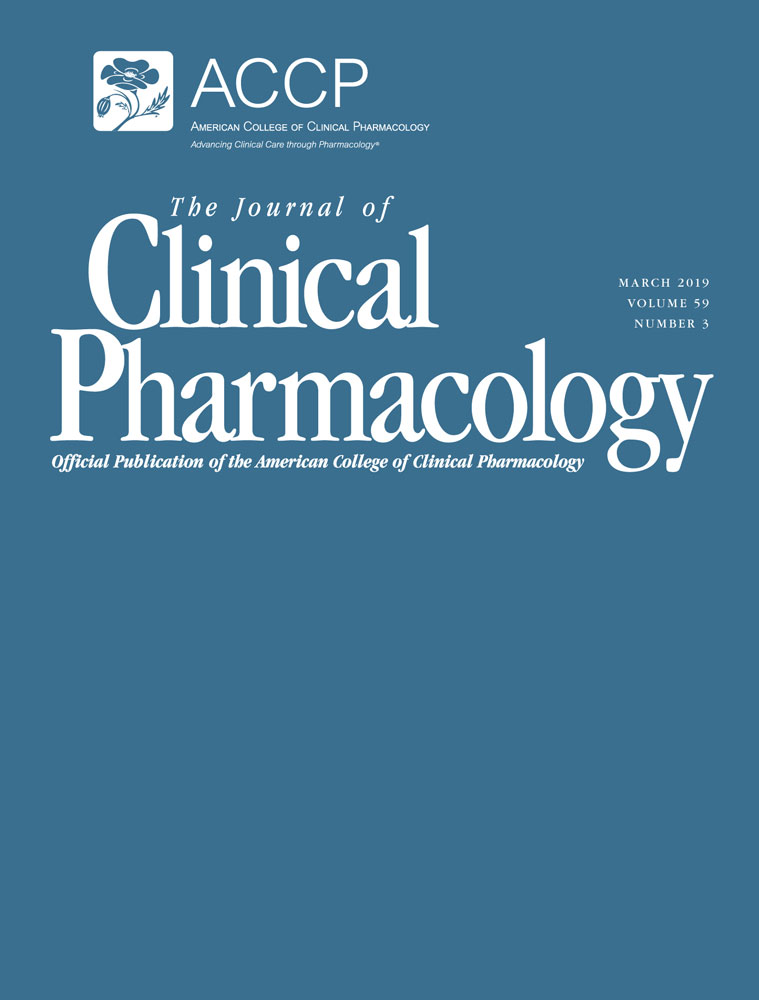
“Legalization of the medical use of cannabis for Parkinson’s disease (PD) has bypassed the traditional drug-approval process, leaving physicians with little evidence with which to guide patients.
OBJECTIVE:
The goal of this study was to gather data on the cannabis-related prescribing practices and views regarding potential risks and benefits of cannabis among experts caring for patients with PD.
METHODS:
An anonymous, 73-item online survey was conducted through an online service (SurveyMonkey) and included neurologists at all National Parkinson Foundation Centers of Excellence.
RESULTS:
Fifty-six responders represented centers across 5 countries and 14 states. 23% reported some formal education on cannabis. Eighty percent of responders had patients with PD who used cannabis, and 95% were asked to prescribe it. Fifty-two percent took a neutral position on cannabis use with their patients, 9% discouraged use, and 39% encouraged it. Most believed that the literature supported use of cannabis for nausea (87%; n = 48), anxiety (60%; n = 33), and pain (86%; n = 47), but responses were divided with regard to motor symptoms. Most respondents expected that cannabis would worsen motivation (59%; n = 32), sleepiness (60%; n = 31), and hallucinations (69%; n = 37). In addition, most feared negative effects on short-term memory (75%; n = 42), long-term memory (55%; n = 31), executive functioning (79%; n = 44), and driving (96%; n = 54). Although many did not believe that cannabis should be recreational (50%; n = 28), most believed that it should be legalized for medicinal purposes (69.6%; n = 39).
CONCLUSIONS:
This study provides data on the cannabis-related practices, beliefs, and attitudes of expert PD physicians. There is a lack of consensus that likely reflects a general knowledge gap and paucity of data to guide clinical practice.”
https://www.ncbi.nlm.nih.gov/pubmed/30713951
https://onlinelibrary.wiley.com/doi/full/10.1002/mdc3.12359
 “The World Health Organization has proposed rescheduling cannabis within international law to take account of the growing evidence for medical applications of the drug, reversing its position held for the past 60 years that cannabis should not be used in legitimate medical practice.”
“The World Health Organization has proposed rescheduling cannabis within international law to take account of the growing evidence for medical applications of the drug, reversing its position held for the past 60 years that cannabis should not be used in legitimate medical practice.”








